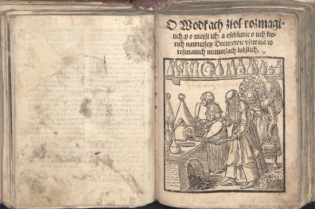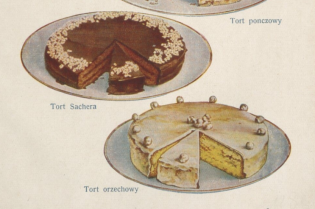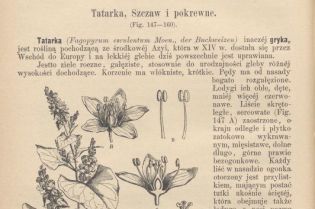Obwarzanek - the round symbol of Krakow
Unassuming, round, obwarzanek krakowski is without a doubt the quintessential Krakow baked product and a symbol of the city.
Obwarzanki stalls are scattered around the Main Market Square where kids on schooltrips and tourists alike buy them as snacks. They are also abundant in underground passages and bus and railway stations where they are often picked up by locals going about their daily business. Obwarzanki lovers can be grouped into those who prefer salt, poppy seed or sesame seed toppings. A few years ago the choice became even harder - the typical blue-coloured obwarzanki stalls also started selling this ring-shaped braided bread sprinkled with cheese, nigella seeds and mixed herbs.
Obwarzanek krakowski is still made by hand and it is the baker who shapes a ball of dough into finger-thick strips, twists two or three such strips together and connects the two ends to form a neat ring. After the rising stage, the dough is immersed in hot water, i.e. it is parboiled. The parboiled bread rings are then sprinkled with toppings and baked.
Obwarzanek krakowski is one of those products whose uniqueness lies in its simplicity. First, the choice of simple ingredients: wheat flour (although the addition of up to 30% rye flour is allowed), fat, sugar, yeast, salt and water. Second - the simple taste. Obwarzanek krakowski is not much different to regular, freshly baked bread. However, the crispy crust and melt in your mouth soft, slightly sweetish texture make it truly delicious.
The first references to obwarzanek krakowski (circinellos is Latin) date back to 1394. Accounts of the court recorded that some were bought for Queen Jadwiga. Initially they were baked only during the fasting period of Lent. Obwarzanki were sold in medieval times and over the following centuries at market stalls on the Main Square, then from wicker baskets and finally from today’s mobile stalls. In the year 2000, there were as many as 180 obwarzanek points of sale. Average daily production amounts to 150 000 units. In 2017 the Obwarzanek Museum opened next to the Stary Kleparz farmers' market.
Obwarzanek has been awarded the status of Protected Geographical Indication (PGI). The certificate strictly determines the weight, shape and the production process of obwarzanki.
Source: Izabela Czaja, Marcin Gadocha „Obwarzanek krakowski. Historia, tradycja, symbolika” [Obwarzanek krakowski. History, tradition, symbolism], Krakow 2008










